
The Jazz Singer is a 1927 American part-talkie musical drama film directed by Alan Crosland and produced by Warner Bros. Pictures. It is the first feature-length motion picture with both synchronized recorded music and lip-synchronous singing and speech. Its release heralded the commercial ascendance of sound films and effectively marked the end of the silent film era with the Vitaphone sound-on-disc system, featuring six songs performed by Al Jolson. Based on the 1925 play of the same title by Samson Raphaelson, the plot was adapted from his short story "The Day of Atonement".

Footlight Parade is a 1933 American musical film directed by Lloyd Bacon, with songs written by Harry Warren (music), Al Dubin (lyrics), Sammy Fain (music) and Irving Kahal (lyrics). The film's numbers were staged and choreographed by Busby Berkeley. It starred James Cagney, Joan Blondell, Ruby Keeler and Dick Powell, with featured appearances by Frank McHugh, Guy Kibbee, Hugh Herbert, and Ruth Donnelly.

The Jolson Story is a 1946 American biographical musical film, a fictionalized account of the life of singer Al Jolson. It stars Larry Parks as Jolson, Evelyn Keyes as Julie Benson, William Demarest as his manager, Ludwig Donath and Tamara Shayne as his parents, and Scotty Beckett as the young Jolson. Many of the film's episodes are based on fact but the story is simplified, with some people disguised or combined into single characters.

Ethel Ruby Keeler was an American actress, dancer, and singer who was paired on-screen with Dick Powell in a string of successful early musicals at Warner Bros., particularly 42nd Street (1933). From 1928 to 1940, she was married to actor and singer Al Jolson. She retired from show business in the 1940s, but made a widely publicized comeback on Broadway in 1971.
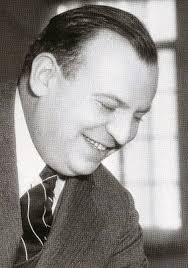
Alexander Dubin was an American lyricist. He is best known for his collaborations with the composer Harry Warren.

42nd Street is a 1933 American pre-Code musical film directed by Lloyd Bacon, with songs by Harry Warren (music) and Al Dubin (lyrics). The film's numbers were staged and choreographed by Busby Berkeley. It starred an ensemble cast of Warner Baxter, Bebe Daniels, George Brent, Ruby Keeler, Dick Powell, and Ginger Rogers.

Dames is a 1934 Warner Bros. musical comedy film directed by Ray Enright with dance numbers created by Busby Berkeley. The film stars Ruby Keeler, Dick Powell, Joan Blondell, Guy Kibbee, ZaSu Pitts, and Hugh Herbert. Production numbers and songs include "When You Were a Smile on Your Mother's Lips ", "The Girl at the Ironing Board", "I Only Have Eyes for You", "Dames" and "Try to See It My Way".

The Singing Fool is a 1928 American sound part-talkie musical drama motion picture directed by Lloyd Bacon which was released by Warner Bros. In addition to sequences with audible dialogue or talking sequences, the film features a synchronized musical score and sound effects along with English intertitles. The soundtrack was recorded using the Vitaphone sound-on-disc system. The film stars Al Jolson and is a follow-up to his previous film, The Jazz Singer. It is credited with helping to cement the popularity of American films of both sound and the musical genre. The film entered the public domain on January 1, 2024.
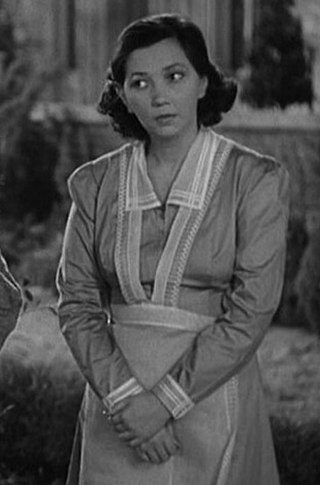
Patsy Kelly was an American actress. She is known for her role as the brash, wisecracking sidekick to Thelma Todd in a series of short comedy films produced by Hal Roach in the 1930s. Kelly's career continued in similar roles after Todd's death in 1935.

Gold Diggers of 1933 is an American pre-Code musical film directed by Mervyn LeRoy with songs by Harry Warren (music) and Al Dubin (lyrics). The film's numbers were staged and choreographed by Busby Berkeley. It starred Warren William, Joan Blondell, Aline MacMahon, Ruby Keeler, and Dick Powell. It featured appearances by Guy Kibbee, Ned Sparks and Ginger Rogers.
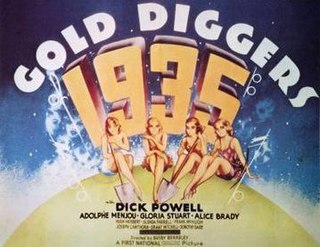
Gold Diggers of 1935 is an American musical film directed and choreographed by Busby Berkeley, his first time as a film's overall director. It stars Dick Powell, Adolphe Menjou, Gloria Stuart, Alice Brady, Hugh Herbert, Glenda Farrell, and Frank McHugh, and features Joseph Cawthorn, Grant Mitchell, Dorothy Dare, and Winifred Shaw. The songs were written by Harry Warren (music) and Al Dubin (lyrics). The film is best known for its famous "Lullaby of Broadway" production number. That song, sung by Shaw, also won the Academy Award for Best Original Song. The screenplay was by Manuel Seff and Peter Milne, based on a story by Robert Lord, who also produced the film, and Milne.
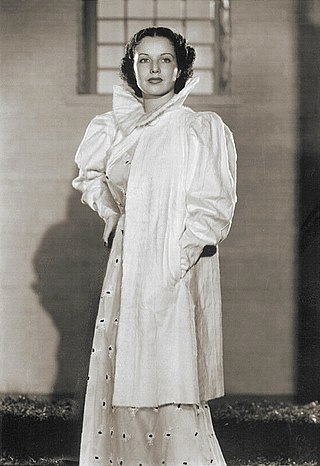
June Travis was an American film actress.

Showgirl in Hollywood is a 1930 American pre-Code all-talking musical film with Technicolor sequences, produced and distributed by First National Pictures, a subsidiary of Warner Bros. The film stars Alice White, Jack Mulhall and Blanche Sweet. It was adapted from the 1929 novel Hollywood Girl by J.P. McEvoy.

Say It with Songs is a 1929 American pre-Code musical drama film, directed by Lloyd Bacon and released by Warner Bros. The film stars Al Jolson and Davey Lee and was a follow-up to their previous film, The Singing Fool (1928).
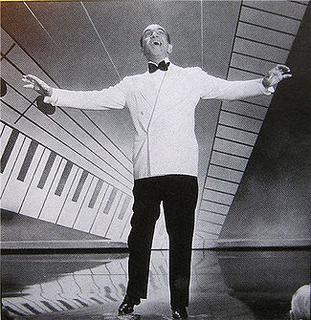
Wonder Bar is a 1934 American pre-Code film adaptation of a Broadway musical of the same name directed by Lloyd Bacon with musical numbers created by Busby Berkeley.
Show Girl is a musical by William Anthony McGuire that ran from Jul 2, 1929 to Oct 5, 1929. A backstage musical, much of the action of the musical's story takes place at the Ziegfeld Theatre in New York City. Other scenes take place in Trenton, New Jersey; Brooklyn; and at a Penthouse apartment in New York City. The show tells the story of aspiring Broadway showgirl Dixie Dugan as she is pursued by four suitors. The music was written by George Gershwin, with lyrics by Ira Gershwin and Gus Kahn.

Colleen is a 1936 American romantic musical comedy film directed by Alfred E. Green and starring Dick Powell, Ruby Keeler, and Joan Blondell. It was produced and distributed by Warner Bros. and was the seventh and final picture starring both Keeler and Powell.
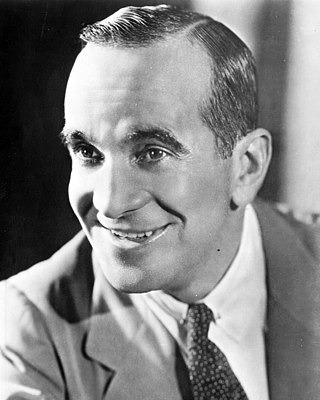
Al Jolson was a Lithuanian-born American singer, actor, and vaudevillian.
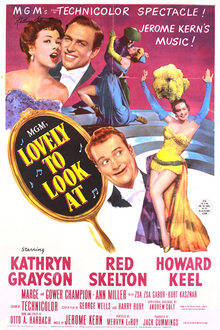
Lovely to Look At is a 1952 American musical romantic comedy film directed by Mervyn LeRoy, based on the 1933 Broadway musical Roberta.

September in the Rain is a 1937 Warner Bros. Merrie Melodies cartoon directed by Friz Freleng. The short was released on December 18, 1937.




















